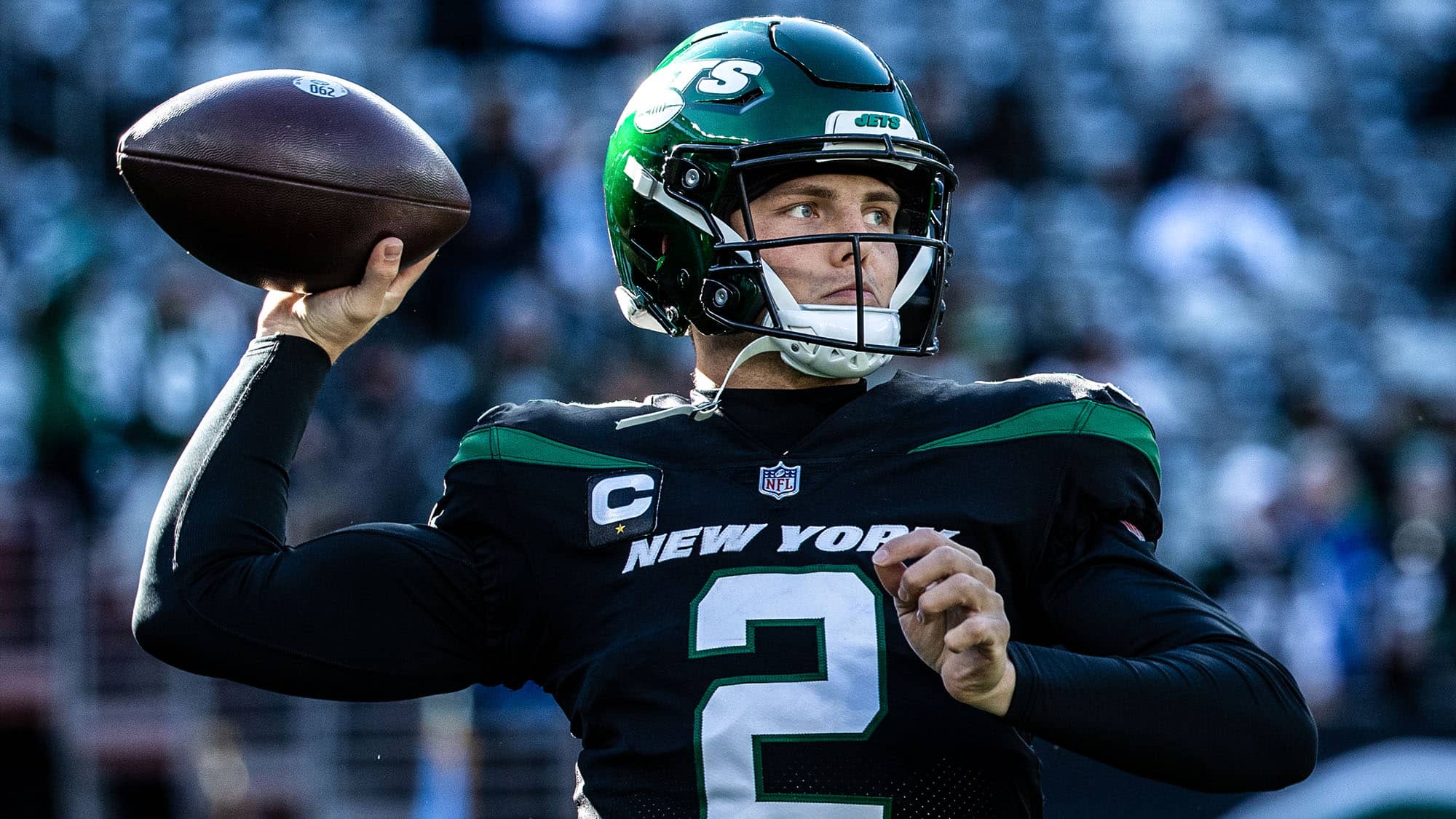How well did Zach Wilson perform against the Jacksonville Jaguars?
Throughout the 2021 season, I will be running a weekly series of breakdowns in which I analyze the performance of the New York Jets’ quarterback(s) by grading every single one of their plays on a 0-to-10 scale.
My goal with this grading system is to capture the true quality of the quarterback’s performance. Box score statistics can be misleading, as they do not account for a variety of factors that determine whether a quarterback performed well or poorly on a given play.
After re-watching each play on the All-22 film, I grade them on a 0-to-10 scale and then take the average of all plays to form a 0-to-100 overall score with 50 being approximately league-average (based on my studying of numerous other quarterback performances across the league).
Here are just a handful of the primary factors that are taken into account in the grading of each play, and a basic description of what I’m looking for:
- Decision-making (Did the QB choose the best available option or did he leave a better play on the field?)
- Throw difficulty (Clean pocket or pressured? Wide open or tight window? Stationary or on the move? More difficult throws are more valuable.)
- Accuracy/placement (Even if the pass is completed, was the ball placed in the best possible spot or did the receiver have to make an extra effort to catch it?)
- Game situation – score, time, field position, down and distance (Good decisions based on the clock/situation are crucial. Playing the sticks is also important – it is not a good play to complete a 5-yard out on third-and-10 while a 15-yard dig is open, but a 5-yard out on third-and-2 is good.)
Ultimately, it’s all about context. Not all 40-yard completions are created equal. Not all interceptions are created equal. You need to watch a play to understand whether the quarterback did a good or bad job. The raw result of a play cannot give you that answer.
When we analyze every play on film multiple times and grade the quarterback’s individual effort independent of his surroundings or the on-paper outcome of the play, we get a much better estimation of how well he actually played.
Of course, keep in mind that these grades are subjective. They are but one man’s opinion and are not gospel. Feel free to let me know your takes on my grades for these performances.
Let’s dig into everything that went into my 0-to-100 grade for Zach Wilson‘s performance against the Jacksonville Jaguars.





